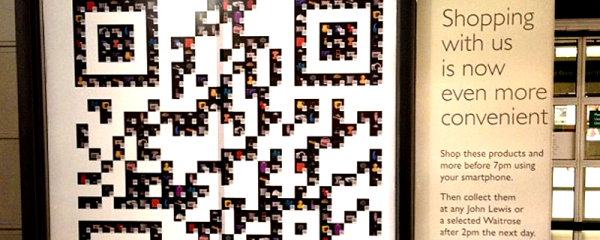If you’ve ever used your phone to shop online, you’re part of a growing group of 167 million people around the world. Go back 20 years, and no one would have believed that you could buy all kinds of things online. Back then, people preferred the “try and buy” approach, wanting to see items up close before deciding to purchase. If you had told them that they would one day be able to shop online (especially using a small device), they would have thought you were crazy.
This group of 167 million people is definitely taking advantage of the convenience of online shopping, and you’d be surprised at just how valuable social media is when it comes to helping businesses make a sale.
Online Shopping as a Whole
Up to 64% of smartphone owners shop online using their devices. The average smartphone shopper spends about $1,800 each year on various items like clothes, cosmetics, books, and even appliances. Fifty-one percent of online shoppers view social media sites as reliable sources for product or service information they are interested in. Regarding location services, 33% of smartphone users have shared their location with a retail company, while 62% of those without location-based services wish to have those features on their phones.
Shopping from a Social Media Standpoint
When it comes to social media, businesses both big and small provide tons of shopping opportunities for users. Facebook even has an integrated shop function that users can look at when they’re at the Facebook page of the brand they like. You’d be surprised to know that social media is home to some of the most active shoppers online.
Facebook has 1 billion active users, wherein 60% of them are open to discussions about a product or service, especially if they were offered a deal or discount. Twitter, on the other hand, has up to 7,854 new accounts each day. At its peak, there are around 175 million tweets being published on that day alone.
Pinterest is also a popular social media site for those who love infographics, images and pictures. There is a wealth of unexpected information when it comes to how users would use Pinterest to gather information on a product they want.
- 34% of users would seek out information for events such as clearance sales, end of season sales or online shop sales
- 36% read or post comments about goods and services online, whether it’s a good experience, a negative review or just an inquiry.
- 43% would look around for more information on the product they want such as other available styles, sizes, prints and so on.
- 51% of Pinterest users admit to checking for coupons and deals like voucher codes, free shipping and freebies that come with their orders.
The User Experience
So what do people do with their time online or on their phones whenever they’re looking to buy something online? Do they just go to a trusted brand and exclusively buy there? Or are they swayed by cheaper prices and free shipping? Here are some insights on how users behave when they’re browsing online.
Below is a list of how much social media and community tools affect buyers:
- 59% are affected by customer reviews
- 14% are affected by question and answer or FAQ pages
- 26% are affected by Internet forums where people are free to discuss a product
- 15% are affected by user generated videos where users share their experiences with a product
- 13% are affected by the site’s Facebook fan page
- Another 13% are affected by their Facebook newsfeed
- Mobile site functions and Twitter each affect 9% of the users. However, up to 40% of Twitter users who shop online would search for a product or service using Twitter.
You may also wonder how online shoppers would use their phones whenever they’re shopping online. Here are the numbers for their online shopping behaviour:
- 24% would check out the prices for certain products on the official retail mobile site of a brand
- 26% would ensure that the shop had the product they want in their inventory.
- 27% are swayed by prices as they would use sites that focus on giving the most competitive prices
- 29% would search for other online retailers other than Amazon
- But 31% would still compare the prices of a product with those found on Amazon
- 31% have checked out different online stores for different products
- 32% would search for product reviews and ratings for the product they want
- 33% would read up on information on the physical store
- 33% would actively search for sales and special prices
How Retailers are Responding
Like shopping in physical stores, there are also long lines when it comes to checkout. Businesses like Apple are also trying to eliminate this problem for online users as this can lead to lost sales. Online retailers are also working to advertise their products online using social media to reach more people. They are able to obtain information from social media and smart phone data to give users targeted offers based on what they’re checking out online. In fact, by using the data they gathered from social media, they can analyze the behavior of customers, and address their needs.

Conclusion
The online shopping experience is increasingly more expansive and diverse. Businesses are benefiting immensely from all the opportunities that the Internet offers. This is surely associated with the fact that more and more people are getting involved and making use of its convenience. As a result, businesses are now able to try new ways of promoting their products and making sales. So if your business is looking into some e-commerce, you should definitely use this information to figure out which platforms are right for you!
Photo used in feature: CC-BY-2.0 2010 Johan Larsson, modified

